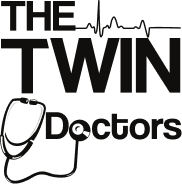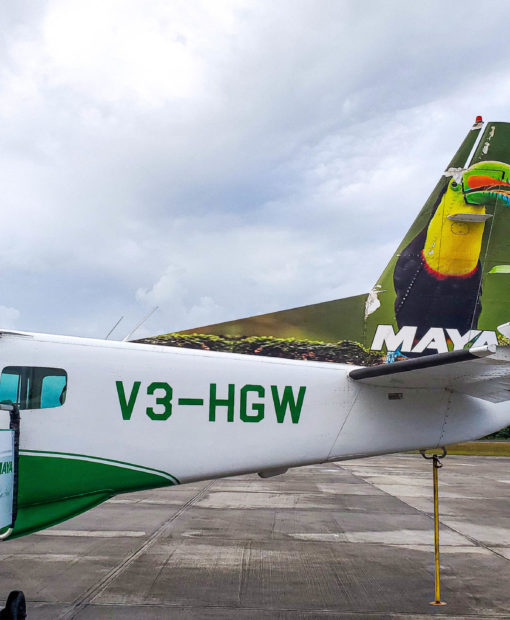Staying healthy at high altitudes while traveling is important as anywhere from 20%-85% of people traveling to high altitude destinations will experience some degree of altitude sickness. “High altitude destinations” are those located 4921 feet (1500 meters) above sea level or higher, with destinations located above 18,045 feet (5500 meter) being labeled “extreme high altitude” destinations. Symptoms of altitude sickness will typically develop almost immediately after arrival at a high altitude destination and can include persistent headaches, fatigue, dizziness, nausea and disruption of normal sleep patterns. Most people who will develop altitude sickness find that the symptoms spontaneously resolve within 24-48 hours of arrival. Steps can be taken however to lessen the affects of altitude sickness or to prevent it from developing altogether.

Staying Healthy At High Altitudes
1 – If you are pregnant, have diabetes or suffer from illness that affect the heart and lungs like heart disease, high blood pressure, heart failure, asthma, bronchitis, emphysema or COPD, you should consult with your doctor before planning travel to high altitude destinations to ensure that your medical conditions are optimized before you travel.
2 – Plan a gradual accent when traveling to a high altitude destination, especially when traveling to altitudes of 11,483 feet (3500 meters) or higher. If possible, stop for 24-48 hours at a destination that is along the way and that is located at an altitude between the altitude of your home city and the altitude of your final destination.
3 – Aggressively hydrate while traveling to and when stay at high altitude destinations. Dehydration makes it more difficult for the body to acclimatize to high altitudes and increases your risk of developing altitude sickness.
4 – Avoid drinking alcohol and caffeine in the 48 hours prior to traveling to a high altitude destination. Also limit alcohol and caffeine ingestion while at high altitude destinations.
5 – Avoid strenuous activity for the first 24-48 hours after your arrival at a high altitude destination.
6 – Carb load starting 24-hours before arriving at your high altitude destination by eating large amounts of carbohydrates (i.e. cereals, breads, pasta, cookies and cakes, dried fruit, potatoes, etc). Continue carb loading for the first 24-48 hours after your arrival. Carbohydrates improve the efficiency with which your body uses the decreasing oxygen available to it at high altitude destinations.
7 – Pack medications that can help you prevent altitude sickness. These medications include
- Acetazolamide 125mg-250mg, a “Carbonic Anhydrase Inhibitor”, should be taken every 8-12 hours and started 24 hours before arriving at altitude. It should then be continued for the first 48 hours at altitude. Acetazolamide can help to prevent altitude sickness by stimulating more efficient breathing and improving blood oxygen levels.
- Dexamethasone 2mg-4mg, a steroid, should be taken every 6-12 hours upon arriving at altitude. It should then be continued for the first 48-72 hours at altitude.
- Gingko Biloba 100mg, an herb derived from the Gingko tree, should be taken every 12 hours starting 24 hours before arriving at altitude and then continued throughout one’s stay at altitude. Gingko can help to prevent altitude sickness by improving blood oxygen levels.
- Methazolamide 50mg-100mg, a “Carbonic Anhydrase Inhibitor”, should be taken every 8-12 hours and started 24 hours before arriving at altitude. It should then be continued for the first 48 hours at altitude. Like Acetazolamide, Methazolamide can help to prevent altitude sickness by stimulating more efficient breathing and improving blood oxygen levels.
- Nifedipine SR 20mg-30mg, a “Calcium Channel Blocker”, should be taken every 8-12 hours. Nifedipine is used more to treat altitude sickness rather than to prevent it and works improving blood oxygen levels.
- Sildenafil 50mg, a “Phosphodiesterase Inhibitor” is more commonly known by the name Viagra, the erection wonder drug. It should be taken every 8 hours while at altitude and works by improving blood oxygen levels.
- Sildenafil 50mg, a “Phosphodiesterase Inhibitor” is more commonly known by the name Viagra, the erection wonder drug. It should be taken every 8 hours while at altitude and works by improving blood oxygen levels.
8 – Know the signs and symptoms of severe altitude sickness commonly referred to as HAPE (High Altitude Pulmonary Edema) and HACE (High Altitude Cerebral Edema). HAPE and HACE if unrecognized and untreated can be fatal.
- Symptoms of HAPE include a persistent dry cough, persistent shortness of breath with activity and at rest and persistent fevers.
- Symptoms of HACE include persistent headaches that do not respond to conventional pain medications, confusion, unsteady gait and worsening nausea.
- People suffering from HAPE and HACE should take some combination of the medications listed above that includes Dexamethasone, seek IMMEDIATE medical attention and descend down to a normal altitude ASAP.






 May 19, 2018
May 19, 2018 



 October 20, 2023
October 20, 2023 

